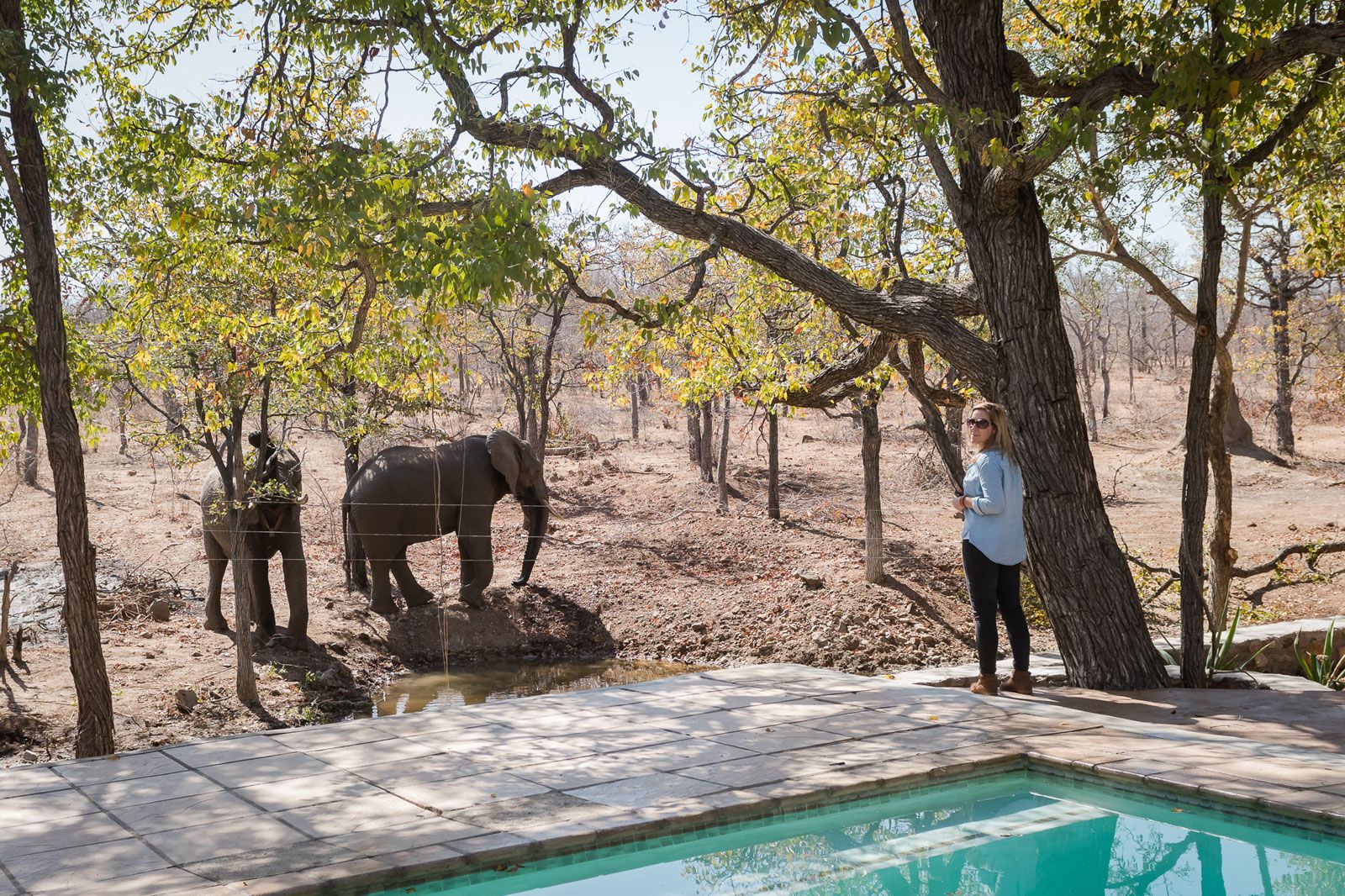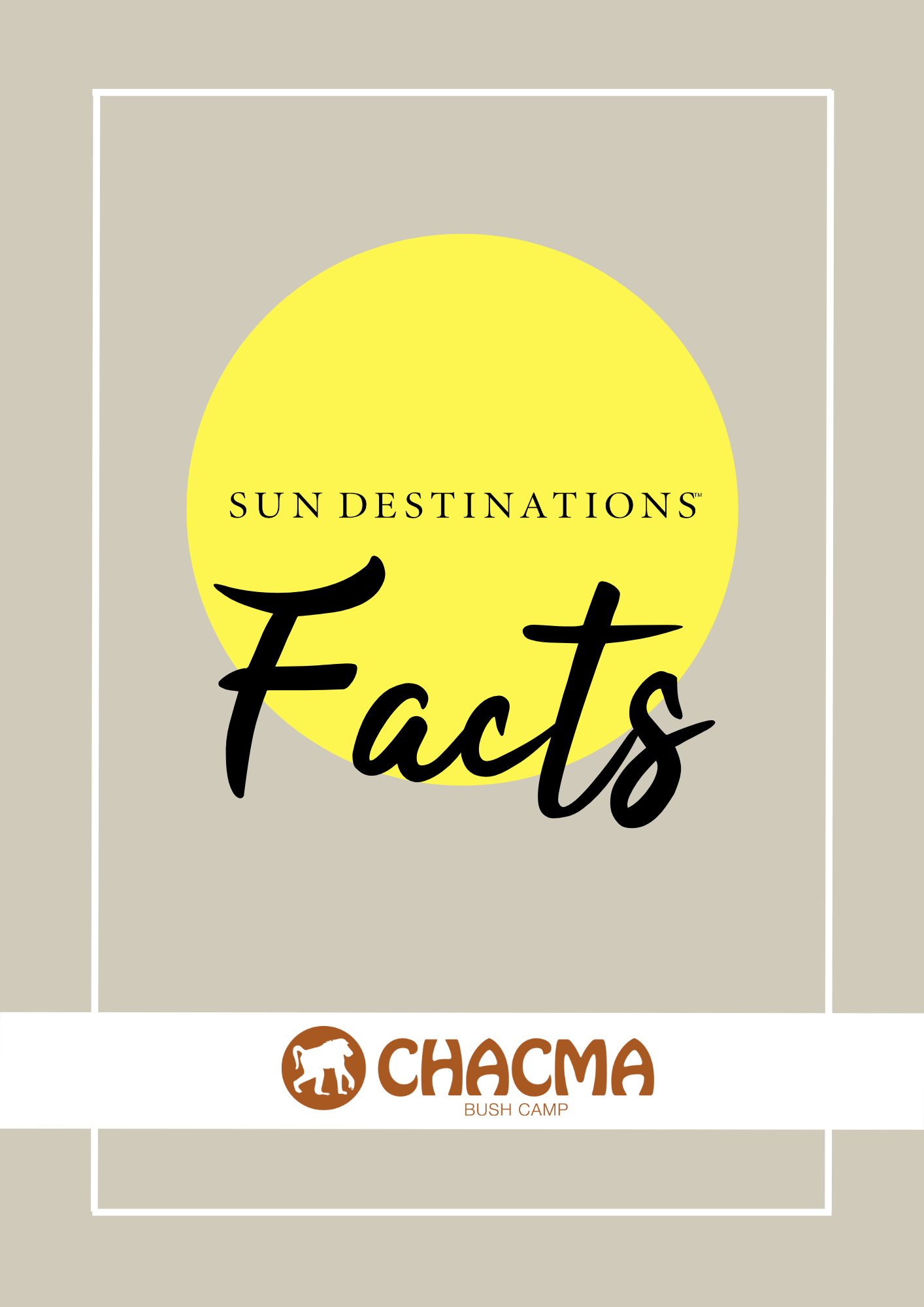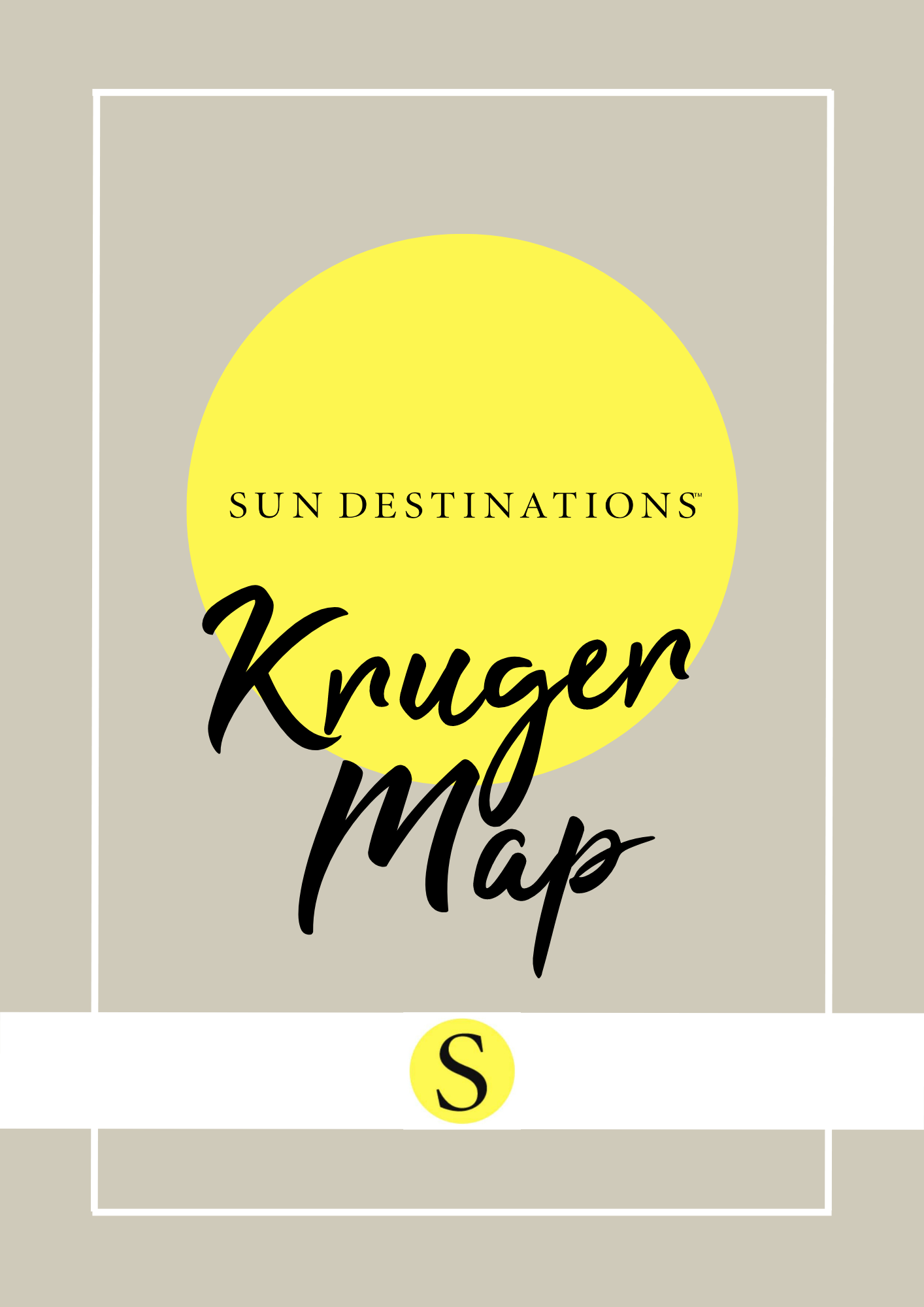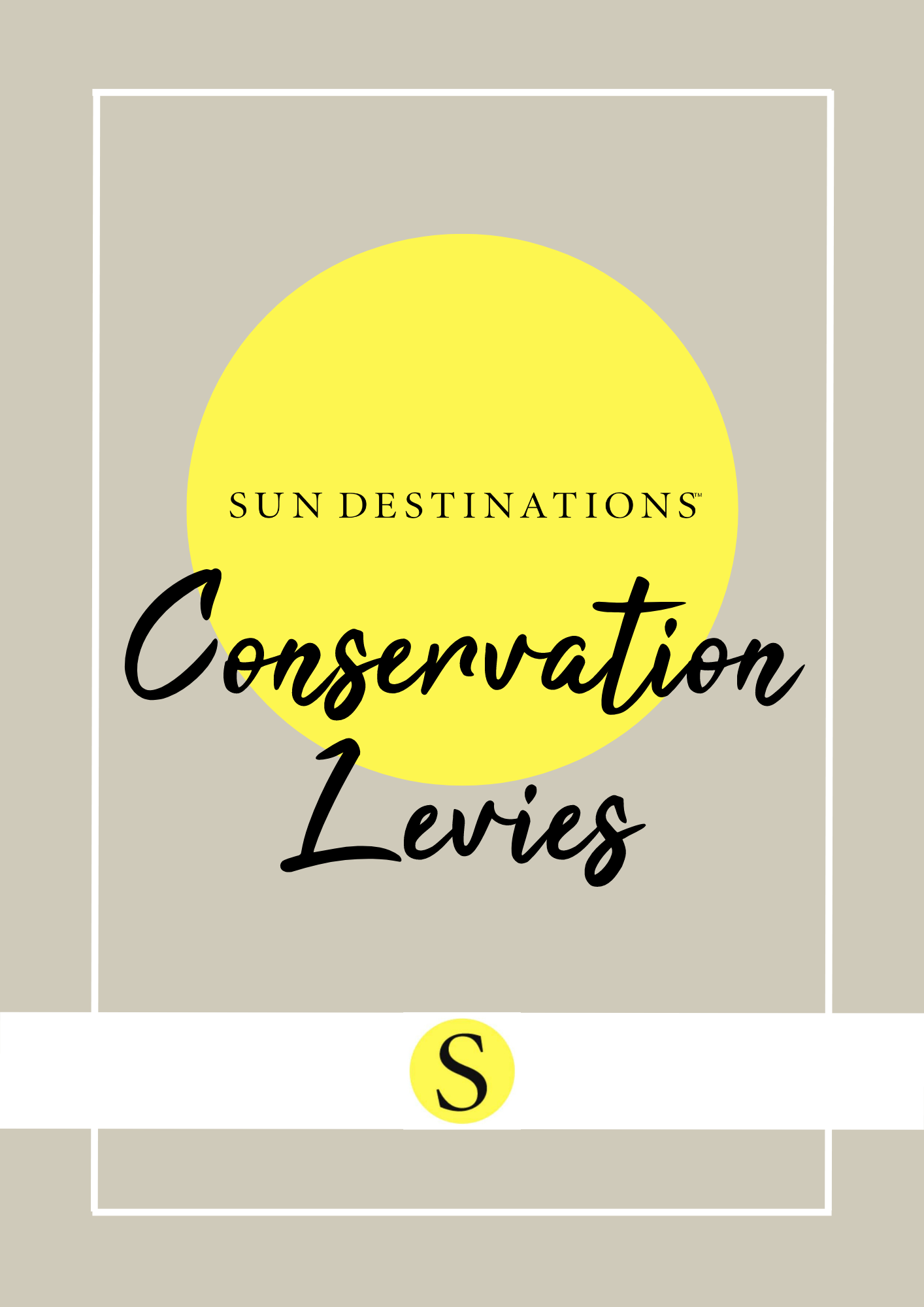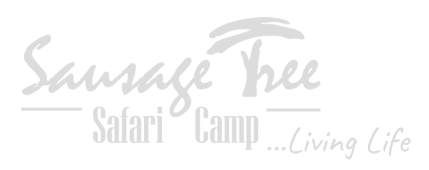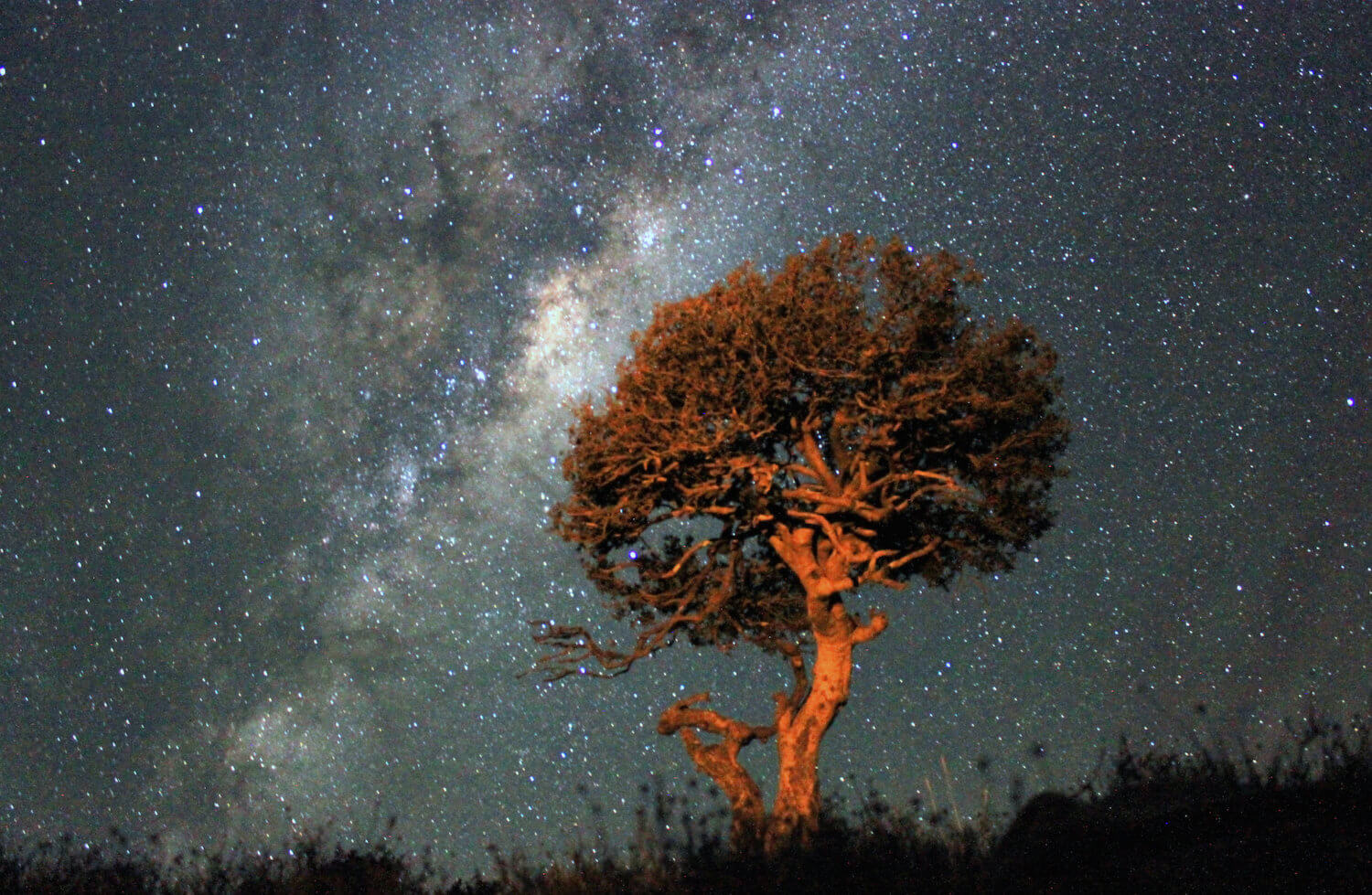ExperienceSafari In Unique Ways
Game Drives: Two game drives are offered per day, one in the morning and one in late afternoon that moves into the night. All game drives are conducted in open 4x4 game viewers, which allow for 360 degree views of wildlife and wilderness.
Sundowners and Coffee Stops: On the morning drive there is a stop for coffee and on afternoon drive you will stop for sundowners. Stops usually take place in scenic, open areas with elevated views of the landscape below.
Koppie Walks: A tall koppie serves as the backdrop to Chacma Bush Camp, and is a great vantage point. The vistas from up here are awe-inspiring.
Special Occasions: The team at Chacma Bush Camp is flexible when it comes to planning for special occasions. Whether it’s something at the top of the koppie or around the pool, the team can organise something prior to your arrival.
UniqueWildlife Experiences
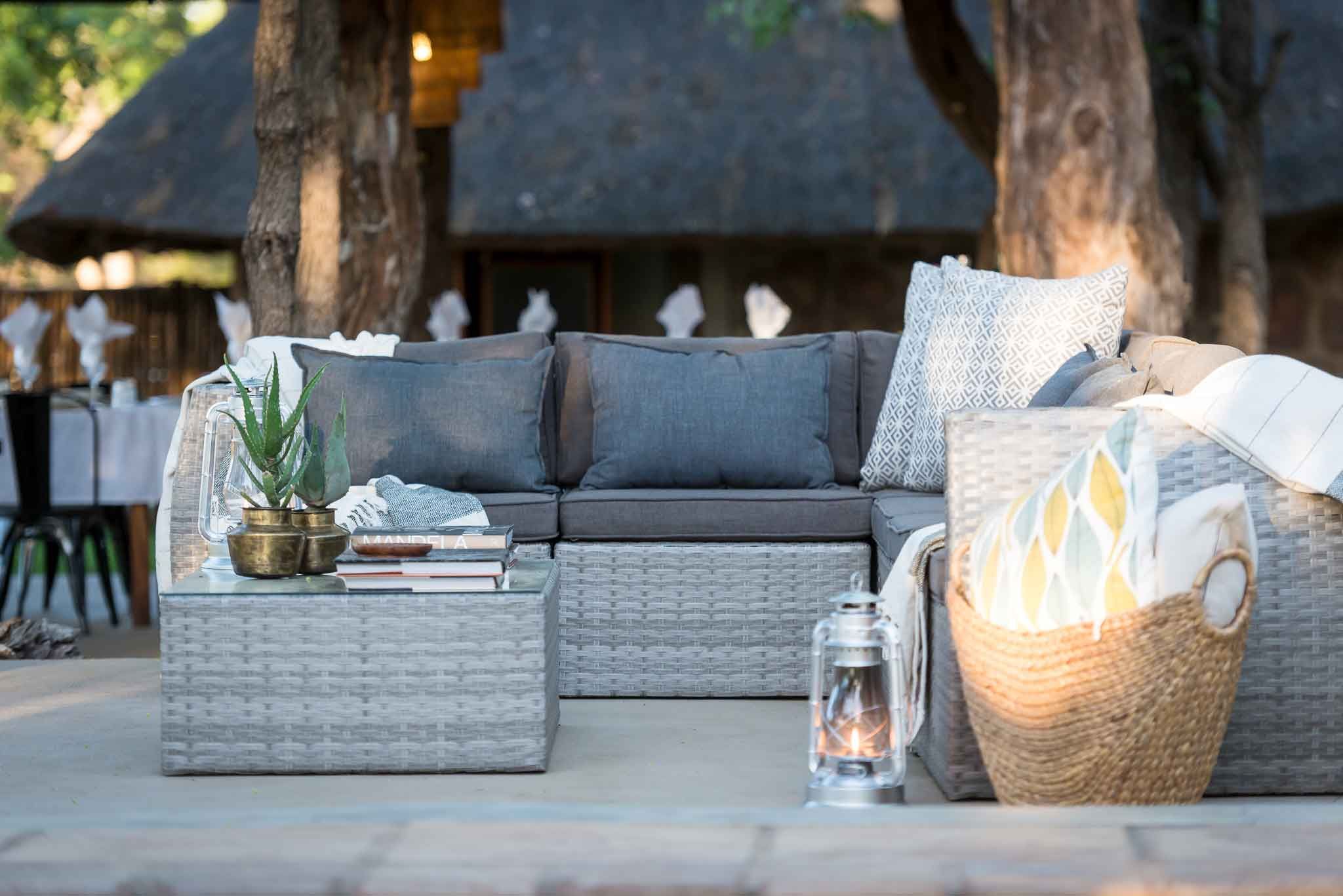
DetailsUseful Info
Chacma Bush Camp is a fantastic year round destination, with each season offering something unique in terms of game viewing. Summer is prime birding season and it’s also the time of year when you’ll spot newborn wildlife.
Chacma is a summer rainfall region. Most of the rains occur during mid-summer (November – February). The rainfall generally occurs in the form of thunderstorms where a downpour is experienced, and very seldom lasts longer than a few hours.
During the winter season the bushveld thins out and water becomes scarce. Wildlife will flock to available water sources such as waterholes and pans in front of lodges. Animals become easier to see because the summer lushness of the bush has thinned out. During the summer, wildlife gains plenty of moisture from the surrounding greenery.
Whatever the season, you’ll always have a high chance of seeing wildlife.
During the summer months the weather can be hot and humid. Winter sees mild days and cold nights. Early morning game drives and night drives can be cool throughout the year, so you may want to bring a few things for every occasion.
These are a few essentials to bring on a safari to the Maseke Balule Nature Reserve:
- Comfortable, closed walking shoes
- Sunblock in the form of SPF lotion
- Hat and beanie
- Neutral-coloured clothing for when you are out on safari,
- Light, airy clothing for midday heat
- Swimming costume
- Scarves and warm jackets for the winters (May to October)
- Outdoor tech gear (binoculars, cameras, phones, headlamp for around camp)
Chacma Bush Camp is in a relatively unknown reserve in the corner of the Balule Nature Reserve (Maseke). There are barely any lodges and camps in the area; giving guests a thrilling experience with wildlife roaming a landscape filled with geographical marvels. Life is relaxed at Chacma, where the focus is on the natural surroundings, wildlife and homely cuisine.
Expect morning and evening game drives with sundowner and breakfast stops. On game drives you are able to get a lot closer to big game than you would in a national park. The animals are generally habituated to vehicles. This means that they’re used to the vehicle approaching them and know that it never causes them harm. This allows you to get within five to 10 metres of wildlife—and safely! All game drives are conducted in open 4 x 4 Toyota Land Cruisers or Land Rovers.
What You’ll See Wildlife
Following in the footsteps of the herbivorous mammals are the carnivorous species of the South African bush. Lion, leopard, hyena, cheetah, African wild dog, and the Nile crocodile are some of the prominent predators residing in the Maseke. There’s a local lion pride in the area who is regularly spotted.
The myriad of caves and rocky outcrops provide plenty of den sites for leopards, making the area a haven for these rosette-patterned predators.Smaller predators include jackal, mongoose, civet, and genet, honey badger, among others. The waterhole in front of camp is a favorite drinking spot for many of these
Some of the world’s largest mammals find their home in South Africa, where elephant, giraffe, hippo, buffalo, and rhino reside in the wild Kruger Park and surrounding private game reserves. Elephants are the most commonly spotted mammal in the Maseke, and large breeding herds are often spotted soaking up water at the waterhole in front of camp.
Game drives lead to unforgettable sightings of these large species, in addition to general game, such as zebra, impala, kudu, gnu, waterbuck, bushbuck, duiker and steenbok.
The Kruger habitat accommodates a complete smorgasbord of birder’s delights. Water birds such as herons, storks, plovers, spoonbills, and sandpipers are common along dam edges; kingfishers, orioles, robins, chats, larks, cisticolas, and coucals are some of the veld and woodland birds around; while birds of prey are seen and heard throughout the day.
Pied kingfishers and raptors are often seen at the waterhole in front of camp, making Chacma Bush Camp an idyllic destination for budding birders.
Downloads
Find helpful information about rates, when to travel, wildlife you can expect to see and details about the accommodation.



